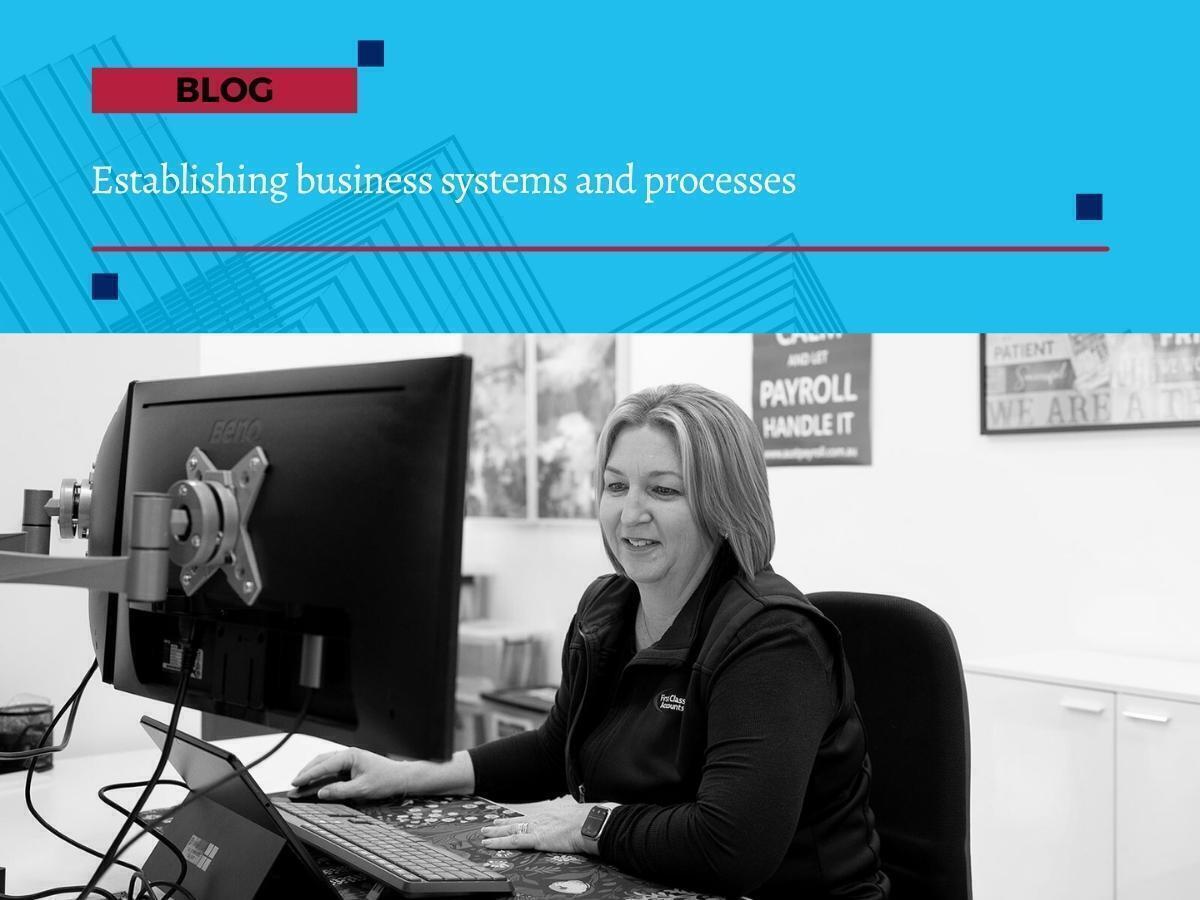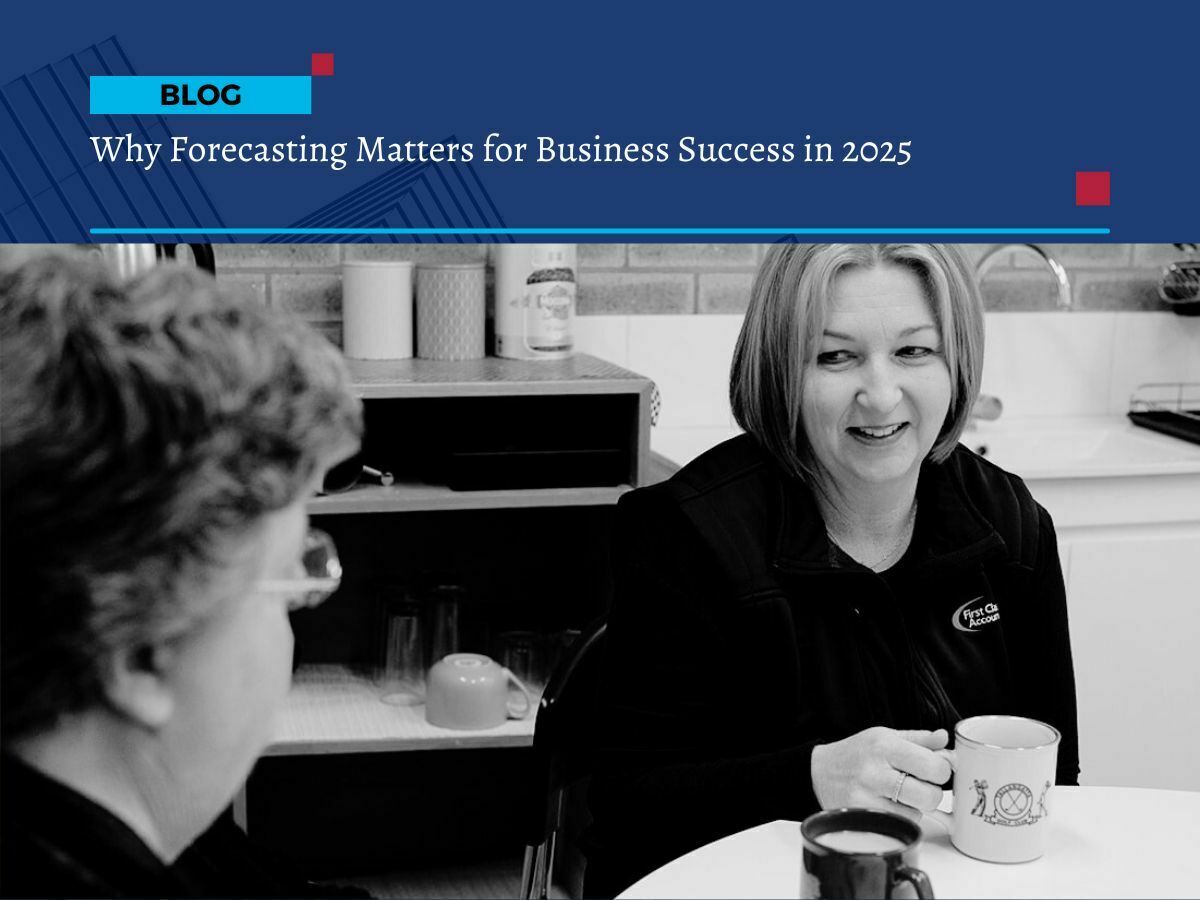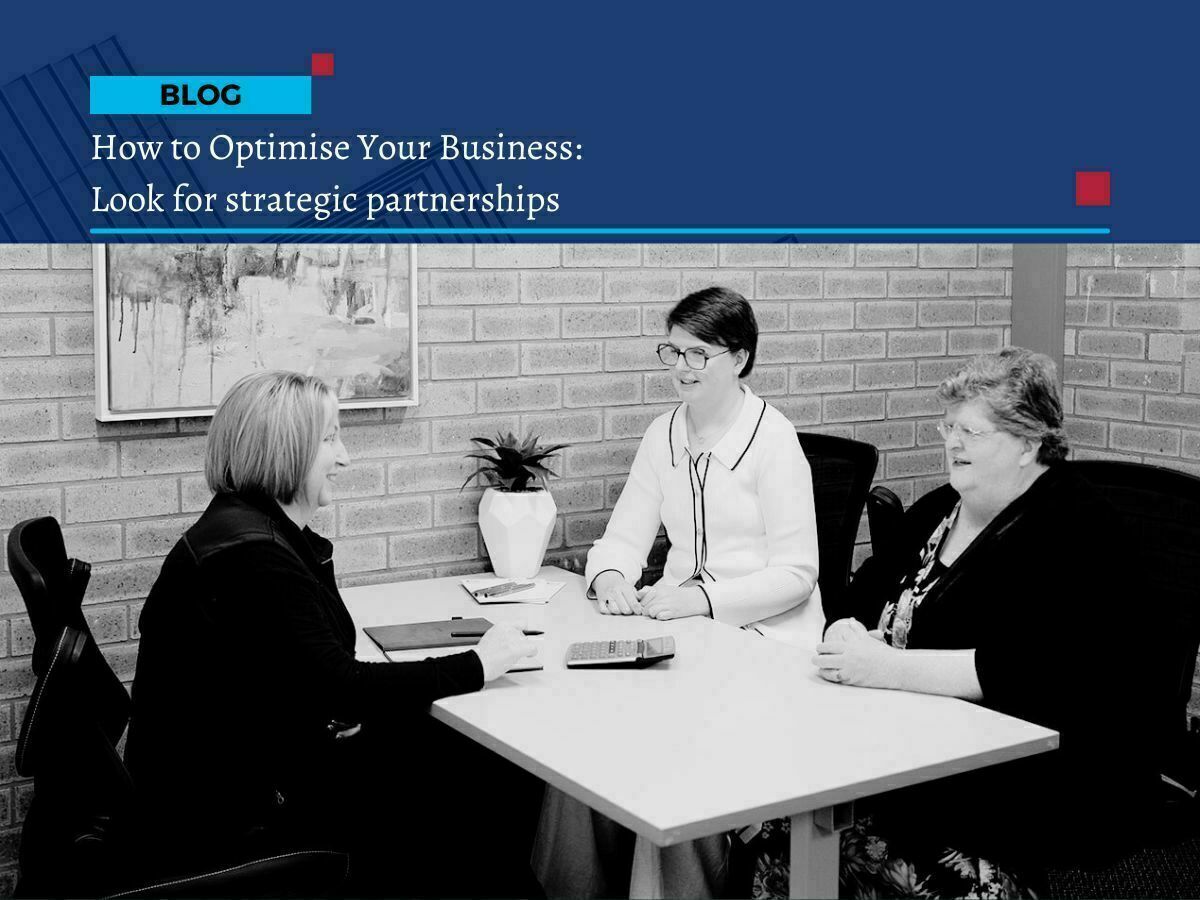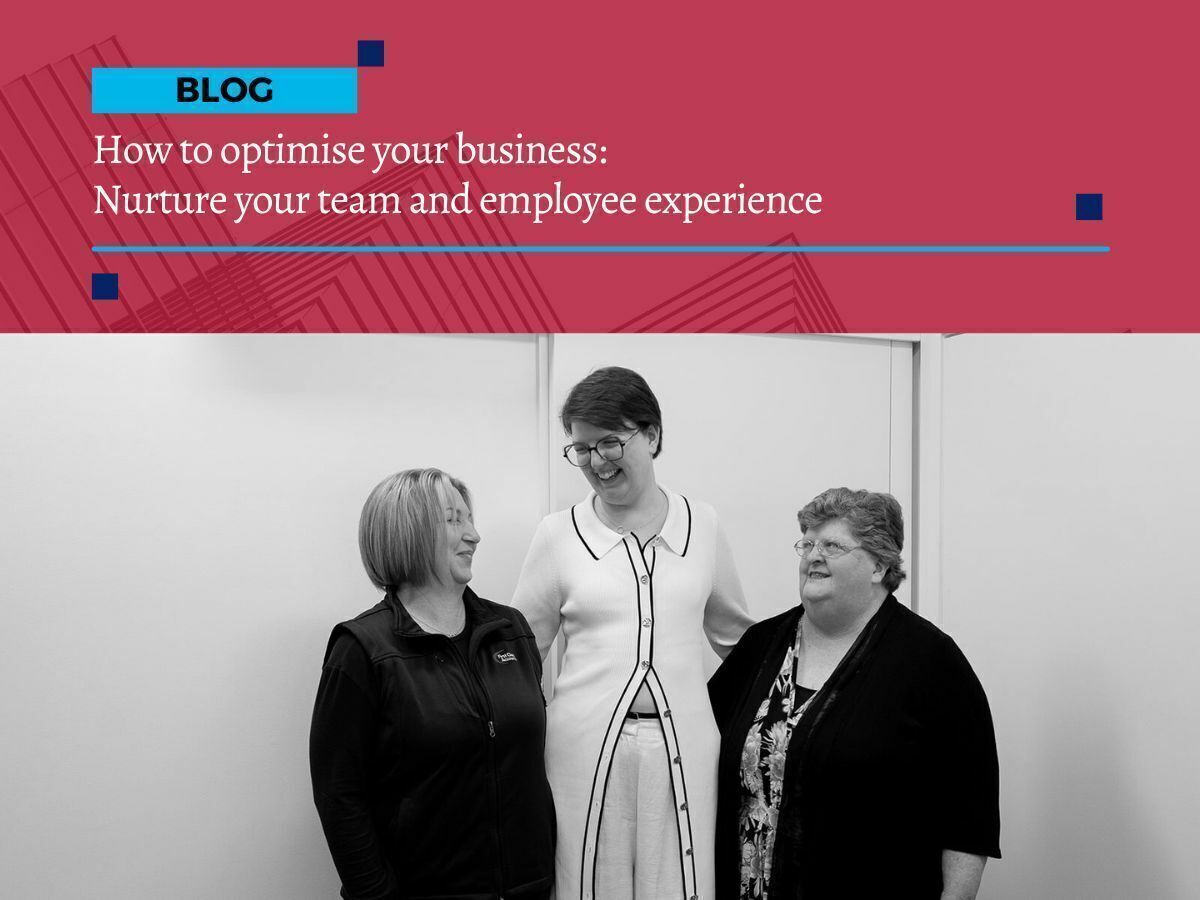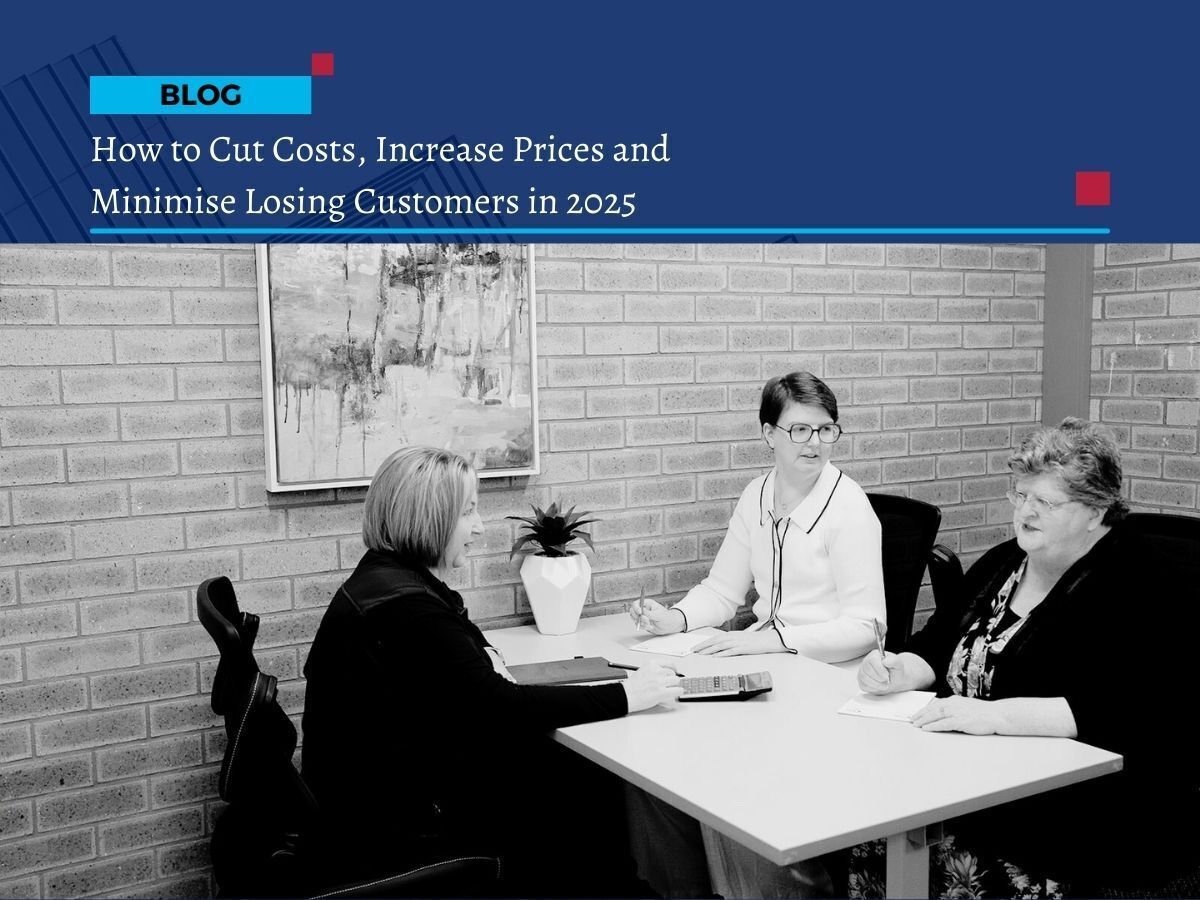
Cutting costs or increasing your prices
How to Cut Costs and Increase Prices Without Losing Customers
Many small and medium businesses are facing tighter margins in 2025 due to rising costs, higher interest rates, and ongoing supply chain pressures.
The more prepared you are to manage these challenges, the better placed your business will be to maintain profitability and stability.
Managing expenses in today’s environment
Managing expenses is always important, no matter the stage of your business.
With inflation and wage pressures continuing into 2025, many business owners are reviewing how they can reduce unnecessary spending while still investing in areas that help them grow.
At the same time, you may need to consider whether your prices still reflect the true cost of doing business. Getting this balance right can make a real difference to your cash flow and profitability.
Cash flow and systems
Cash flow is still one of the biggest challenges for small businesses. When money isn’t coming in consistently, it helps to look at both your costs and your systems.
An inefficient process can be just as costly as an unnecessary expense.
Are your invoices going out on time?
Are supplier payments managed in a way that balances loyalty with cash flow needs?
Do you have visibility of what’s coming in and what’s going out in the next three to six months?
If getting clients to pay on time is one of your challenges, check out our blog 6 Secrets to Getting Prompt Payment for practical tips to improve your cash flow.
Additionally, these are all areas where the right bookkeeping support can make a difference. At First Class Accounts Ovens & Murray, we work with you to put systems in place that give you a clear picture of your finances so you can make better decisions with confidence.
Smart ways to get your costs under control
Start with a cost control audit
Identify your biggest cost centres and review how you manage them.
Payroll errors, subscription bloat, and poor stock management are common drains on business resources. As your bookkeeper we can help you review these costs regularly, so nothing slips through unnoticed.
Be aware of the bigger picture
Cutting costs too deeply can harm your business in the long run.
Instead, track costs consistently and look for smarter ways to operate. Automating repetitive tasks, such as payroll and bank reconciliations, reduces errors and saves valuable time.
Our team at First Class Accounts Ovens & Murray can recommend the right apps to streamline your processes and reduce waste.
Involve your team
Your team are often the first to notice inefficiencies. Bringing them into the conversation about cost management can uncover practical ideas.
If you’re updating systems or introducing new software, make sure staff are trained and supported. We often work with businesses to not only implement new apps but also provide the training needed so staff feel confident using them.
Benchmark your business
Comparing costs with similar businesses in your industry can highlight areas for improvement.
For example, if competitors are managing inventory with less overhead, it may be worth exploring the tools or processes they use.
At First Class Accounts Ovens & Murray, we regularly work with clients across different industries and can provide insights into what’s working well for businesses like yours.
Seek advice
Even if you have a good sense of your cost issues, a fresh set of eyes can help.
Talking with your bookkeeper or accountant can highlight areas you may not have considered. At First Class Accounts Ovens & Murray, we help you identify where efficiencies can be gained and ensure you’re meeting all compliance requirements while staying on top of cash flow.
If you’d like support to review your costs, get in touch with us today.
How can I increase prices without losing customers?
Raising prices is never easy, but sometimes it’s necessary to reflect rising costs and keep your business sustainable.
In 2025, many industries are facing price increases due to supply chain challenges, higher wages, and increased compliance costs.
The key is clear, honest communication. Customers value transparency and are more likely to stay loyal if they understand why changes are being made.
Update your website, social media, and any online booking systems to reflect pricing changes. Explain the reasons behind them clearly and professionally. A short post or FAQ update can go a long way in maintaining trust.
Send an email or newsletter to your clients and suppliers, giving them notice of the change. Where possible, provide advance warning so they can adjust budgets or expectations.
If you’re meeting clients face-to-face, let them know about pricing changes upfront. Failing to do so can damage trust and may even breach Fair Trading requirements. Make sure your staff are also aware and confident in explaining the changes when asked.
Focus on customer experience. Train your staff to explain changes positively and professionally, reinforcing the value your business provides. A strong customer relationship often matters more than the price point itself.
If you’re concerned about losing customers, consider phasing in increases gradually. This approach can ease the transition and give customers time to adapt. You may also want to offer additional value, such as improved service or bundled packages, to help justify the change.
Ready to make better business decisions?
If you’re unsure whether to cut costs, raise prices, or do both, we can help.
At First Class Accounts Ovens & Murray, we work alongside you to review your numbers, streamline your processes, and provide real-world advice so you can make confident business decisions.
Frequently asked questions about cutting costs and raising prices
Q: What’s the best way to reduce business costs in 2025?
A: Start with a cost control audit, automate repetitive tasks, and review subscriptions or overheads. Bookkeepers can help track costs and identify savings.
Q: How do I raise prices without losing customers?
A: Be transparent, communicate changes clearly across all channels, give advance notice, and reinforce the value you provide to customers.
Q: Why is cash flow management important for small businesses?
A: Poor cash flow is one of the main reasons small businesses struggle. Effective cash flow planning ensures bills, wages, and suppliers are paid on time.

